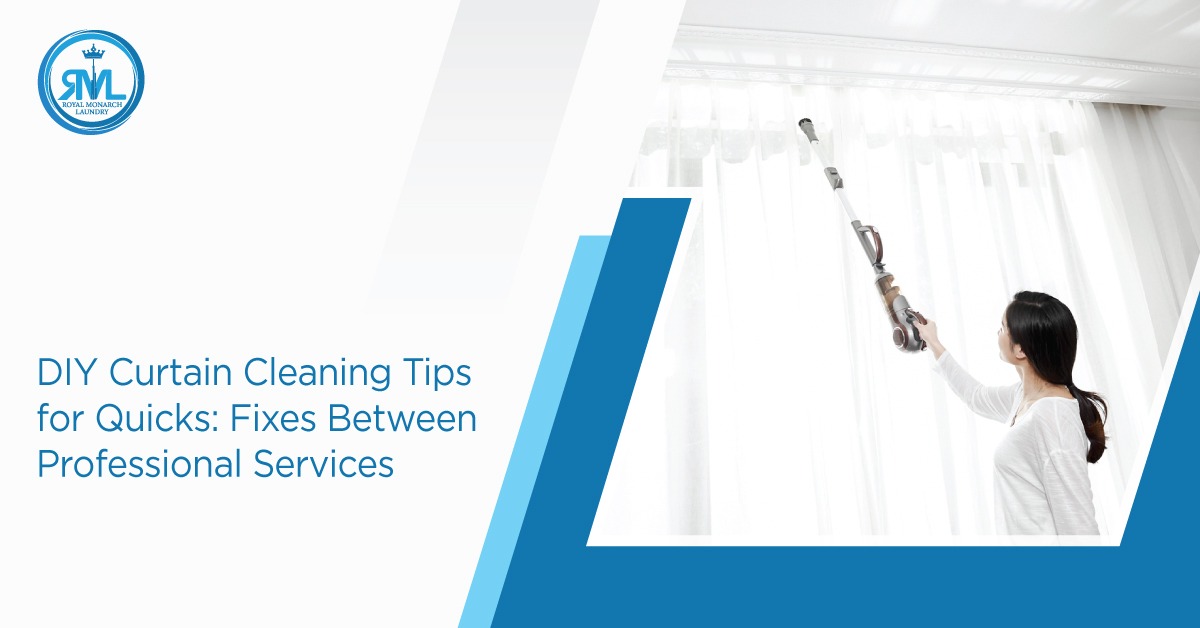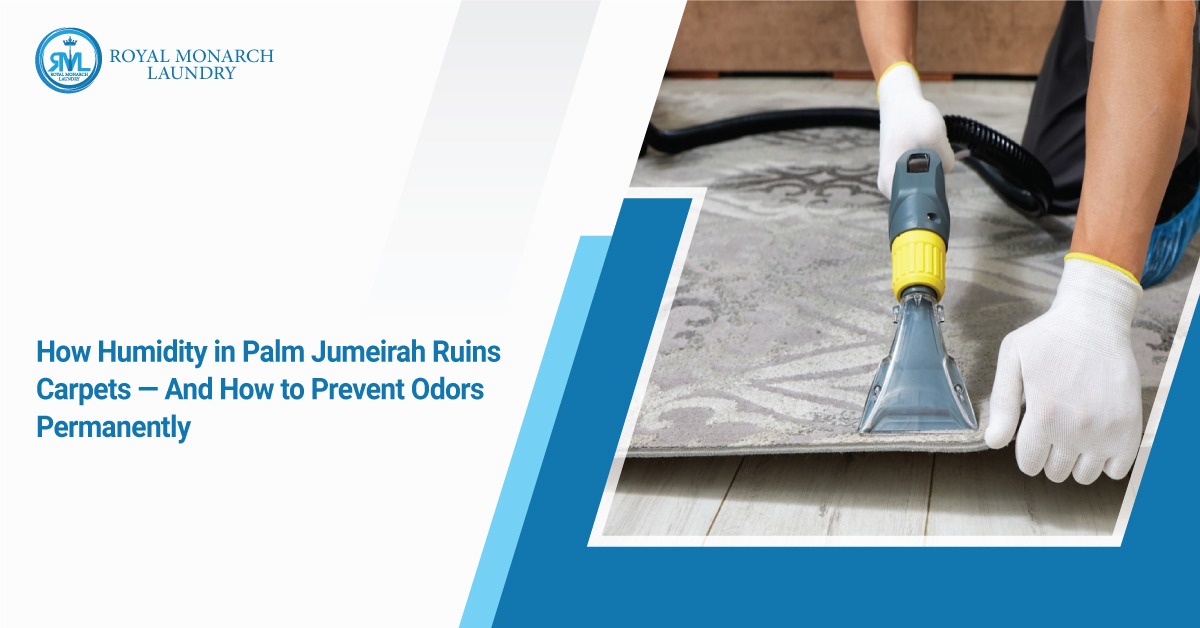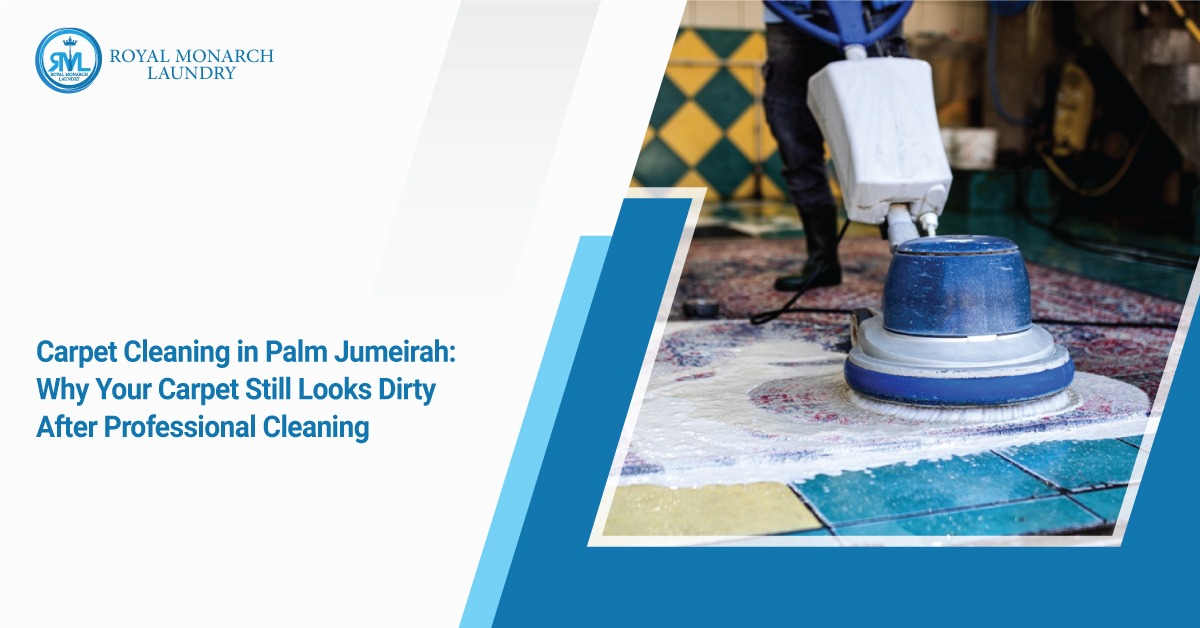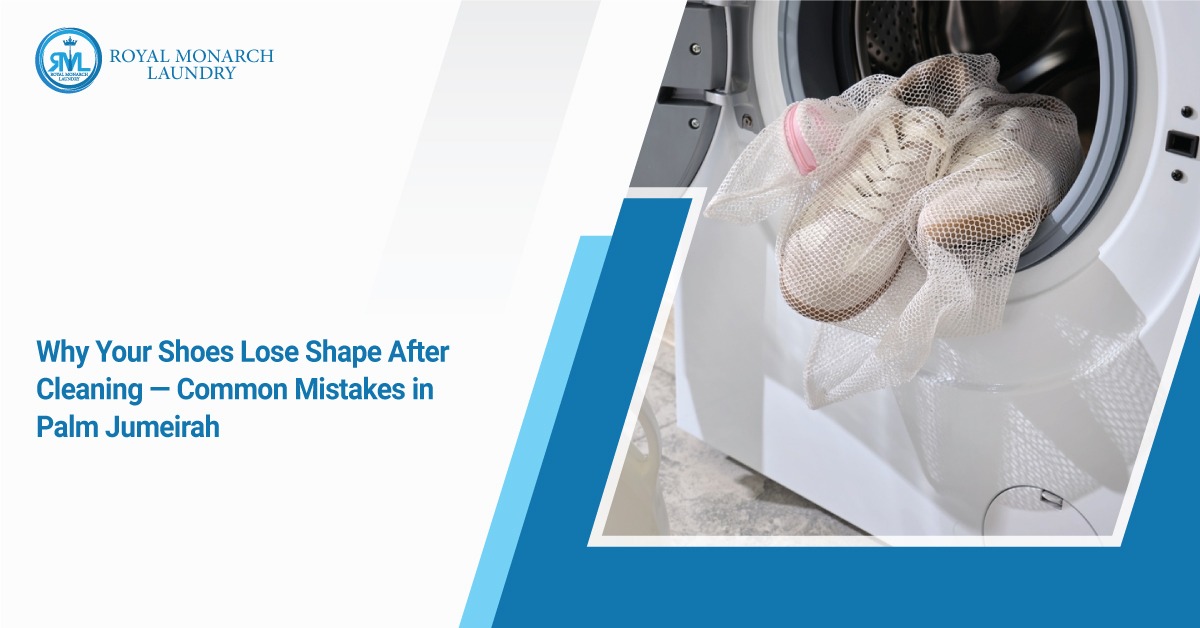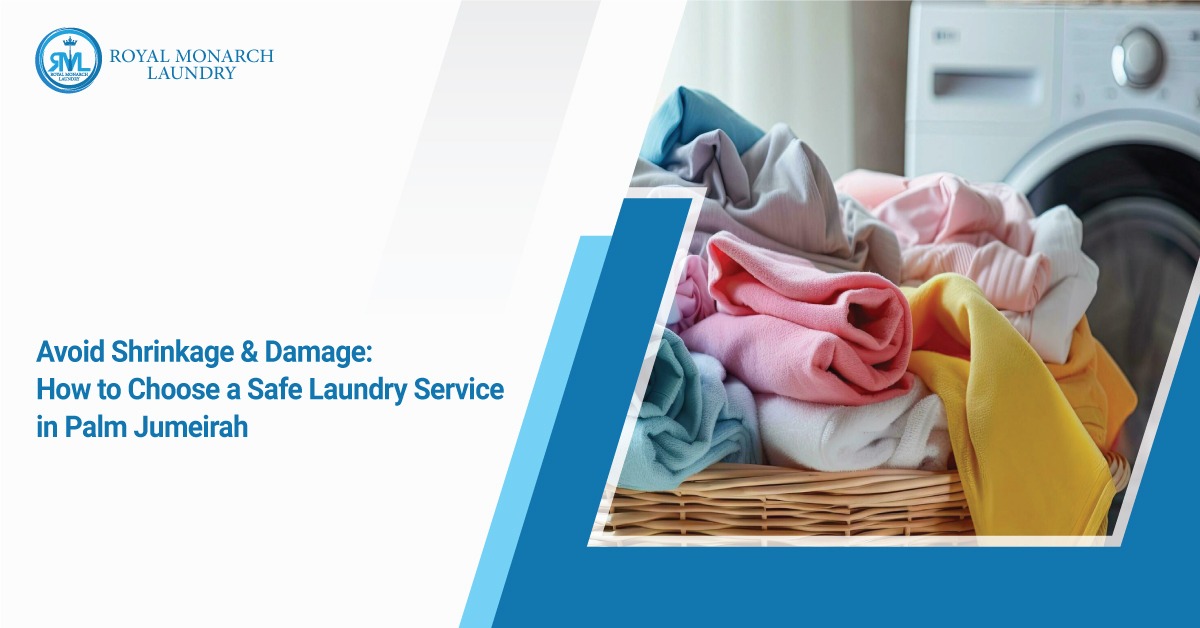DIY Curtain Cleaning Tips for Quick Fixes Between Professional Services
Curtains play a crucial role in enhancing the aesthetic appeal of any room. However, over time, they accumulate dust, allergens, and stains, making regular cleaning essential. While professional curtain cleaning services are highly effective, there are times when you need a quick fix between scheduled cleanings. In this article, we’ll explore some DIY curtain cleaning tips that are not only easy to implement but also ensure your curtains stay fresh and vibrant.
1. Assessing the Fabric: Understanding Your Curtains
Before diving into the cleaning process, it’s crucial to know the fabric of your curtains. Different fabrics require different cleaning approaches. Delicate fabrics like silk or lace need extra care, while heavier fabrics like cotton or polyester may tolerate more robust cleaning methods. Check the care label or manufacturer’s instructions to determine the appropriate cleaning technique for your curtains.
2. Gentle Vacuuming: Dusting off the Debris
Start by using a soft brush attachment on your vacuum cleaner to gently remove dust and debris from the surface of the curtains. Vacuuming is an effective way to reduce allergens and prevent dust buildup. Pay special attention to pleats, folds, and the top of the curtains where dust tends to accumulate the most.
3. Spot Cleaning Stains: Tackling Spills and Blemishes
Stains are inevitable, but they don’t have to be permanent. Spot cleaning is a targeted approach to treating specific stains without subjecting the entire curtain to a thorough wash. Use a mild detergent or a mixture of water and vinegar on a clean cloth to gently blot the stain. Always test a small, inconspicuous area first to ensure the cleaning solution won’t damage the fabric.
4. Steam Cleaning: Refreshing and Sanitizing
For curtains that can withstand moisture, steam cleaning is an excellent way to refresh and sanitize. It not only removes wrinkles but also eliminates bacteria and odors. Ensure that your steam cleaner is suitable for curtains, and always follow the manufacturer’s instructions. Hold the steamer at a distance to prevent damage to delicate fabrics.
5. Sunlight and Fresh Air: Natural Deodorizers
Take advantage of sunny days by hanging your curtains outside. Sunlight acts as a natural disinfectant and helps eliminate odors. Fresh air also contributes to reducing musty smells that curtains can develop over time. Shake the curtains gently before hanging them to remove any lingering dust.
6. Regular Dusting Routine: Prevention is Key
To minimize the frequency of deep cleaning, establish a regular dusting routine. Use a feather duster or a microfiber cloth to dust your curtains every few weeks. This simple practice goes a long way in preventing the accumulation of dirt and maintaining the freshness of your curtains.
7. Beading and Sequins: Delicate Embellishments Care
If your curtains feature delicate beading or sequins, handwashing is often the safest option. Fill a basin with lukewarm water and a mild detergent, then gently immerse the embellished areas. Avoid rubbing or wringing the fabric to prevent damage. After washing, let the curtains air dry to maintain the integrity of the embellishments.
8. Tackling Mold and Mildew: A Natural Solution
Mold and mildew can be persistent issues, especially in damp environments. Create a solution using equal parts vinegar and water, and apply it to the affected areas. Allow the solution to sit for a few hours before wiping it away with a clean, damp cloth. Ensure the curtains are completely dry before rehanging them to prevent further mold growth.
9. Storage Tips: Maintaining Clean Curtains Between Seasons
When storing curtains for an extended period, ensure they are clean and completely dry. Use garment bags or breathable fabric covers to protect them from dust. Avoid folding curtains for extended periods, as this can lead to creases. Instead, roll them loosely to maintain their shape.
10. Professional Inspection: Periodic Check for Longevity
While DIY cleaning methods are effective for routine maintenance, it’s essential to have your curtains professionally inspected periodically. Professional services can identify issues such as color fading, fabric weakening, or stitching problems early on, ensuring the longevity of your curtains.
Conclusion:
Curtain cleaning is an essential part of maintaining a clean and inviting living space. With these DIY tips, you can tackle day-to-day cleaning challenges and keep your curtains looking their best. Remember to tailor your approach based on the fabric type and always follow care instructions for optimal results.
FAQs:
Q1: Can I machine wash all types of curtains?
A1: Not all curtains are suitable for machine washing. Delicate fabrics may require handwashing or professional cleaning to prevent damage.
Q2: How often should I dust my curtains?
A2: It’s advisable to dust your curtains every few weeks to prevent the buildup of dirt and allergens.
Q3: Can I use bleach to remove stains from my curtains?
A3: Avoid using bleach, as it can weaken fabric fibers and cause discoloration. Opt for mild detergents or natural stain removers instead.
Q4: Is steam cleaning safe for all curtain fabrics?
A4: Steam cleaning is generally safe for most fabrics, but always check the care label and perform a spot test before proceeding.
Q5: Why is professional inspection necessary for curtains?
A5: Professional inspection can identify potential issues early on, ensuring the longevity of your curtains and addressing any underlying problems.
Call (+971) 542521909 for free pick up and delivery services from Royal Monarch Laundry Services.

